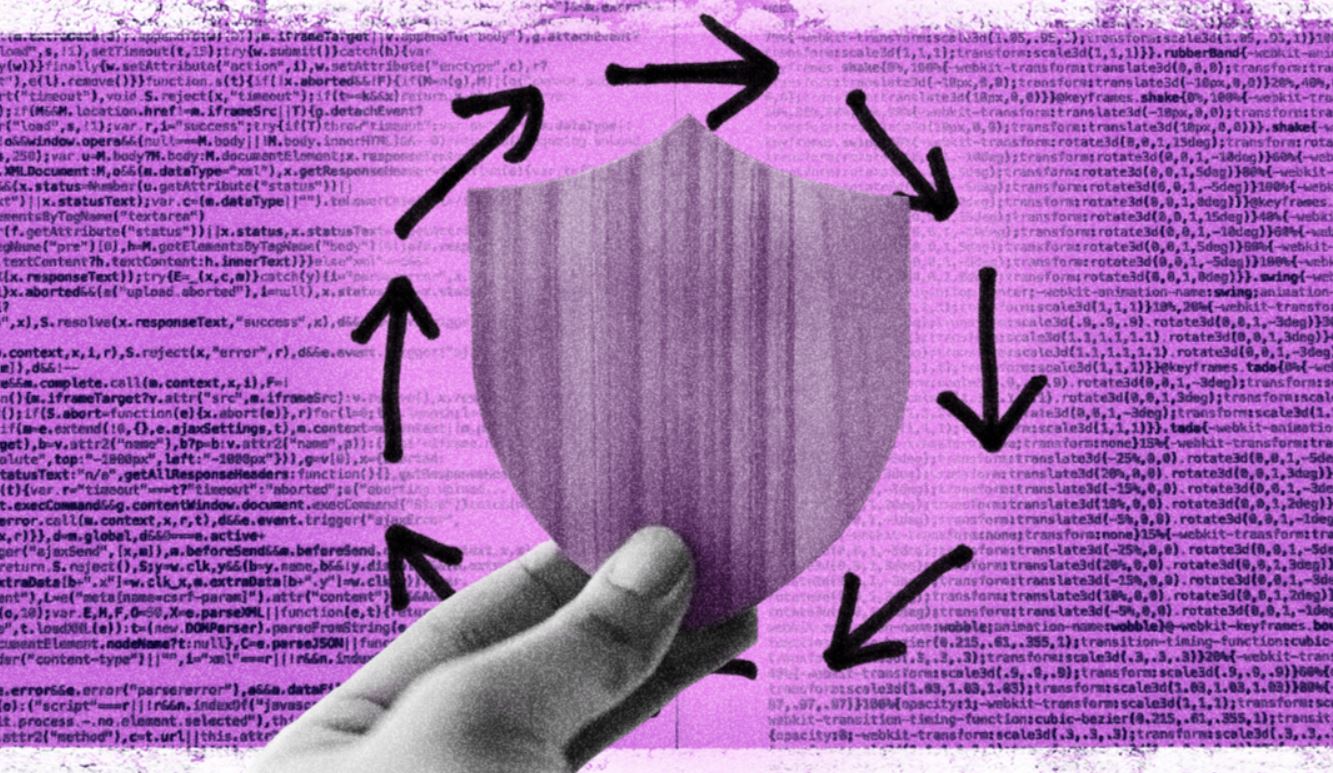Patching is the process of improving security and ensuring that a system can operate optimally by fixing bugs or vulnerabilities within it. Patching remains an essential requirement for both individuals and organizations to safeguard their systems.
Typically, before patching takes place, a vulnerability assessment is performed to detect where bugs or weaknesses exist in the system. This assessment is often called penetration testing, where vulnerabilities are exploited to measure the security level of a system. Once testing is done and bugs are identified, security teams take action to address the issue—one of which is applying patches. As we enter early 2025, have you already implemented patching?
Let’s dive deeper into patching!
Read Also: Cyber Threat Predictions for 2025!
What Is Patching?
Patching is a process designed to repair or update software or systems by adding new code called a patch. A patch is a collection of code created to fix bugs, enhance security, or introduce new features. There are three main types of patches:
- Bug fix patch: Used to fix or patch software bugs.
- Security patch: Applied to address discovered security vulnerabilities.
- Feature patch: Used to add new features to a system.
In practice, these three types are often applied together, depending on the organization’s needs.
Why Is Patching Important?
In the technology world, patching plays a critical role in maintaining both the security and performance of software and operating systems. Security risks or vulnerabilities that could be exploited by attackers can be significantly minimized with timely patching. Other key reasons why patching matters include:
- Improved performance and productivity
Beyond addressing security flaws, patching also helps fix bugs and enhance software performance. This ensures that systems run more stably and efficiently. - Protecting system security
Patching strengthens system reliability by closing security gaps. As a result, systems become more resilient and perform better under regular operations. - Regulatory compliance
Many industries require companies to comply with security regulations by performing routine patching. This step ensures adherence to compliance standards and helps avoid potential penalties.
Read Also: Tech-Challenged Employees? Here’s How to Prevent Data Leaks in Your Company!
Steps for Effective Patching
Here are some practical steps to ensure effective patch management:
- Evaluation
Each released patch should be analyzed and prioritized based on risk level and vulnerability severity. Critical security patches must be applied first to safeguard systems against active threats. - Testing in an isolated environment
Before deploying patches to live systems, it is advisable to test them in a separate environment or sandbox. This ensures that the patch does not create new issues or disrupt system performance. - Patch automation
Today, many organizations use automation tools to streamline patch management. Automation reduces IT team workloads and ensures patches are deployed consistently and promptly across all devices that need them. - Ongoing monitoring
After applying patches, regular system monitoring is essential to ensure no vulnerabilities remain unaddressed and to validate the patch’s effectiveness. Periodic reviews of the patching process also help identify and improve potential weaknesses in patch management.
Final Thoughts
With the right understanding of patching, you can protect your organization’s systems and data from evolving threats. Don’t let unpatched vulnerabilities become entry points for cyberattacks. Ensure patching is always part of your security policy.
For further consultation or IT solutions to help safeguard your systems, contact iLogo Malaysia today!
